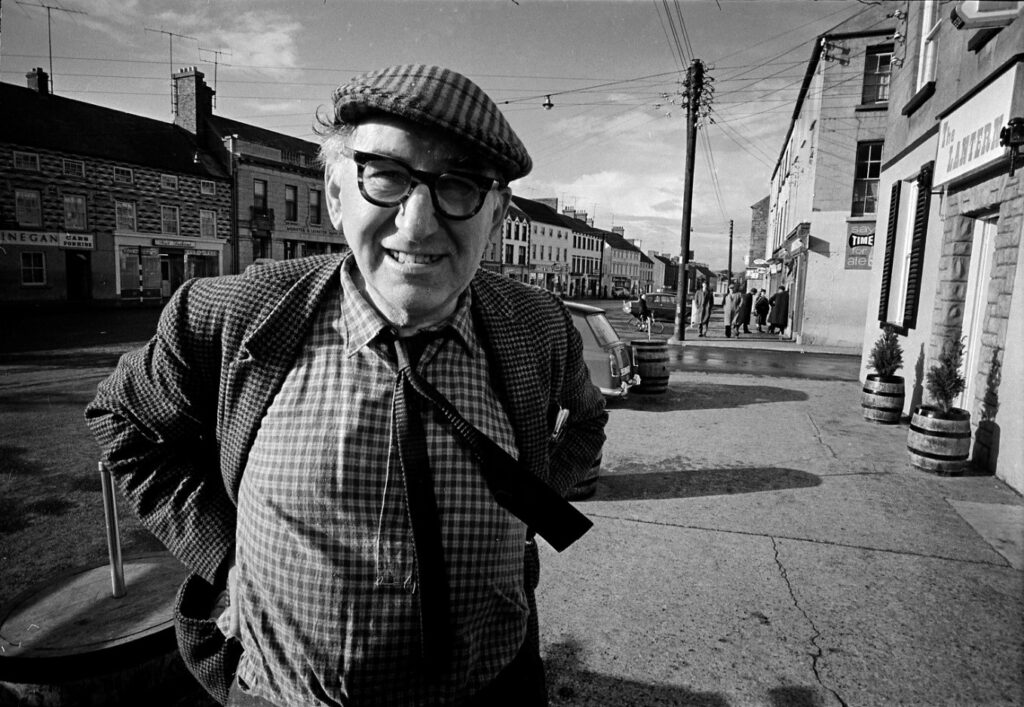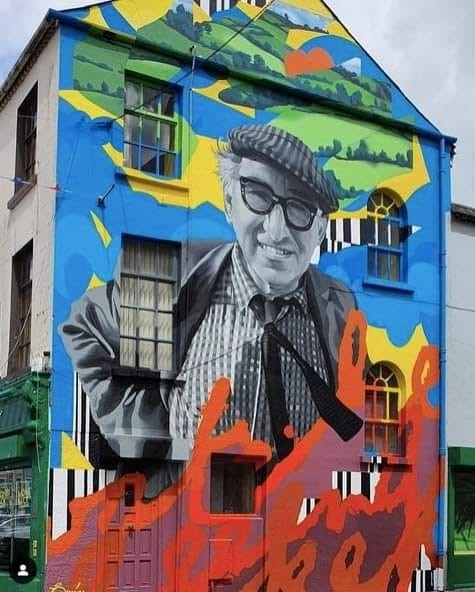Patrick Kavanagh, one of Ireland’s greatest poets, was born in Inniskeen in 1904 and lived his first 35 years on a small farm here. He was the fourth of nine children born to small farmers and in this house filled with the noise and activity of shoemaking, pig-rearing and young children, Patrick Kavanagh began to write. When his first volume was published, ‘Ploughman and other Poems’ in 1936, he was still a working farmer. Born into modest means and living through decades of great hardship in Ireland, Kavanagh struggled financially for most of his lifetime. As a poet, he often felt isolated, on the margins of society. Much of his poetry adopts a confessional tone as he reveals his inner conflicts and soul questions. He finds inspiration and comfort in nature, and in his treasure-trove of Monaghan memories. Today his legacy lives on through the universal themes of soul, love, beauty, nature and God laid bare in the great gift of his poetry. It’s indeed a legacy of the soul.
Inspiration for the mural
The photograph of Patrick Kavanagh used as inspiration for the mural was taken in the mid 60’s and (see Fig 1.) by legendary press photographer Colman Doyle. The photo captures Kavanagh in an unusually cheery pose, untypical of how he is remembered. As Doyle recalls,
“We were in a pub and we were talking about it a long time, and he didn’t seem too keen. so, I said to him: ‘Come on. We’ll just do it and come back for a drink.’ That did it.”
Colman Doyle captured some of the most iconic images of the period including his celebrated photographs of the early years of the Troubles.

